Bibliometric analysis of literature on toxic epidermal necrolysis and Stevens-Johnson syndrome: 1940 - 2015
- PMID: 28100272
- PMCID: PMC5242056
- DOI: 10.1186/s13023-017-0566-8
Bibliometric analysis of literature on toxic epidermal necrolysis and Stevens-Johnson syndrome: 1940 - 2015
Abstract
Background: Stevens Johnson Syndrome (SJS) and toxic epidermal necrolysis (TEN) are rare but fatal adverse skin reactions that affect all age groups. In order to better understand literature on this topic, we conducted a bibliometric study using Scopus database to shed light on number and growth of publications, most active countries, institutions, journals and authors involved in publishing articles in this field, citation analysis, top cited articles, international collaboration, role of medications and genetic association. Bibliometric analysis will enrich the literature on these rare conditions and will provide baseline data for future comparison.
Results: Three thousand eight hundred fifty-six journal articles were retrieved. The h-index of retrieved documents was 95. Growth rates of publications were highest from 1966 to 1975 and from 2006 to 2015. The United States of America (n = 640; 16.57%) was the leading country in number of publications. However, French and Japanese researchers and institutions were most active in publishing articles on SJS and TEN. International collaboration among active countries was relatively low and ranges from 32.5% for Swiss researchers and 1.47% for Spanish researchers. The most frequently mentioned medication in retrieved articles was carbamazepine (n = 146) followed by phenytoin (n = 114) and allopurinol (n = 112). Mycoplasma infection was mentioned in 111 articles. Most documents on SJS and TEN were published in dermatology journals, specifically Archives of Dermatology. However, in the last decade, top cited articles appeared in dermatology and pharmacogenetic journals. Carbamazepine was frequently encountered with Han Chinese and HLA-B 1502 terms while allopurinol was frequently encountered with HLA-B 5801 and Japanese terms.
Conclusion: Bibliometric analysis reveals that research publications on SJS and TEN have been increasing since the l940s, with relatively low international collaboration. Documents are being published, not only in dermatology journals, but also in genetic, public health and general medicine journals. Research on SJS and TEN can be helpful to clinicians and researchers not only to document complications and fatal outcomes, but also to identify potential causative agents and potential ethnic variations to note gaps in research.
Keywords: Bibliometric analysis; Stevens-Johnsons Syndrome; Toxic epidermal necrolysis.
Figures



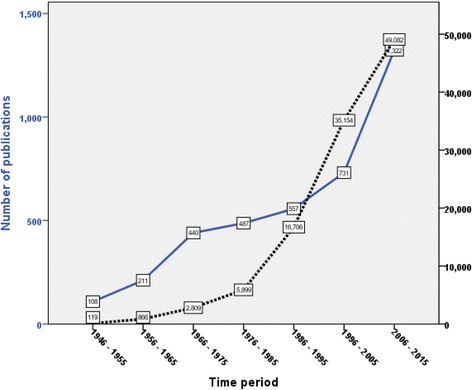
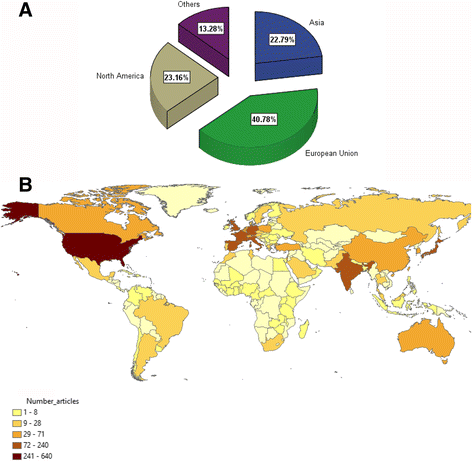
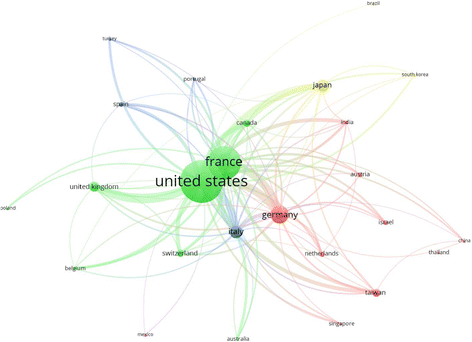


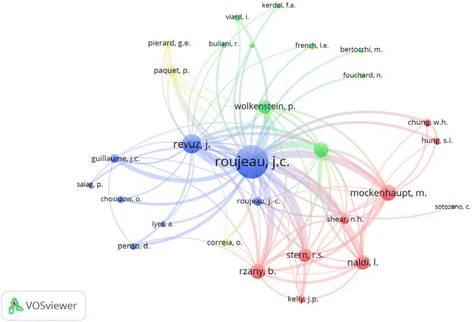

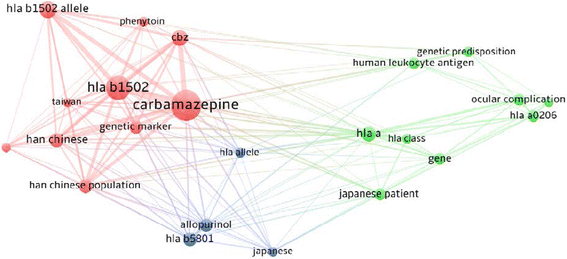
References
-
- Lyell A. Toxic epidermal necrolysis: an eruption resembling scalding of the skin. Br J Dermatol. 1956;68(11):355–61. - PubMed
-
- Stevens A, Johnson F. A new eruptive fever associated with stomatitis and ophthalmia: report of two cases in children. Arch Pediatr Adolesc Med. 1922;24(6):526.
-
- Tomasini C, Derlino F, Quaglino P, Caproni M, Borroni G. From erythema multiforme to toxic epidermal necrolysis. Same spectrum or different diseases? G Ital Dermatol Venereol. 2014;149(2):243–61. - PubMed
MeSH terms
LinkOut - more resources
Full Text Sources
Other Literature Sources
Research Materials

